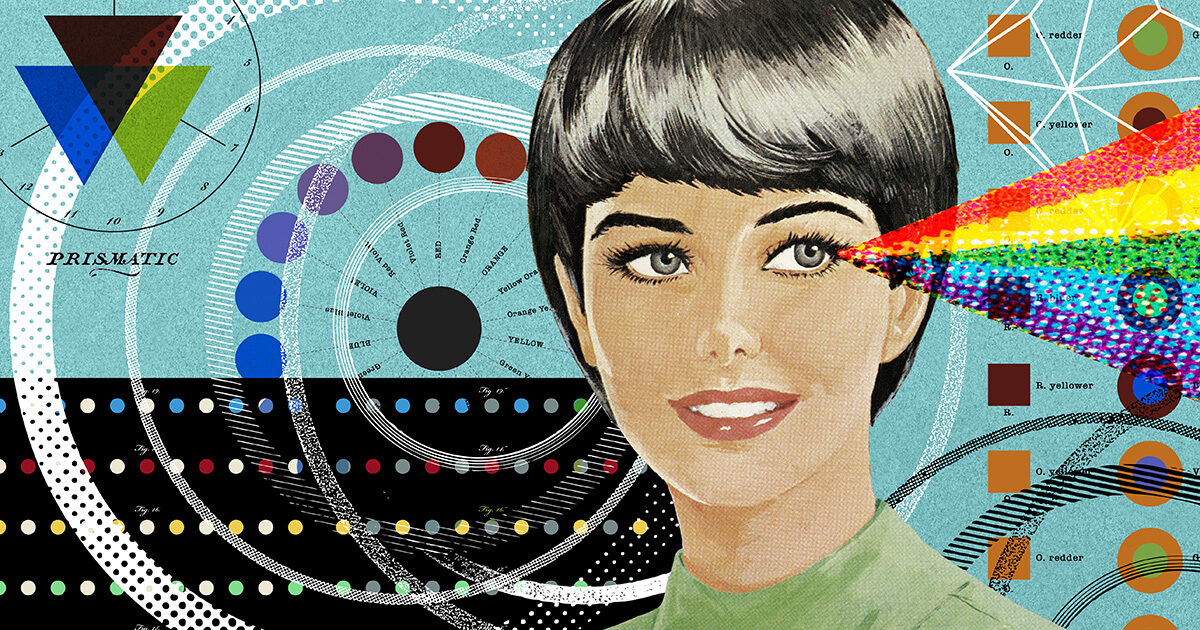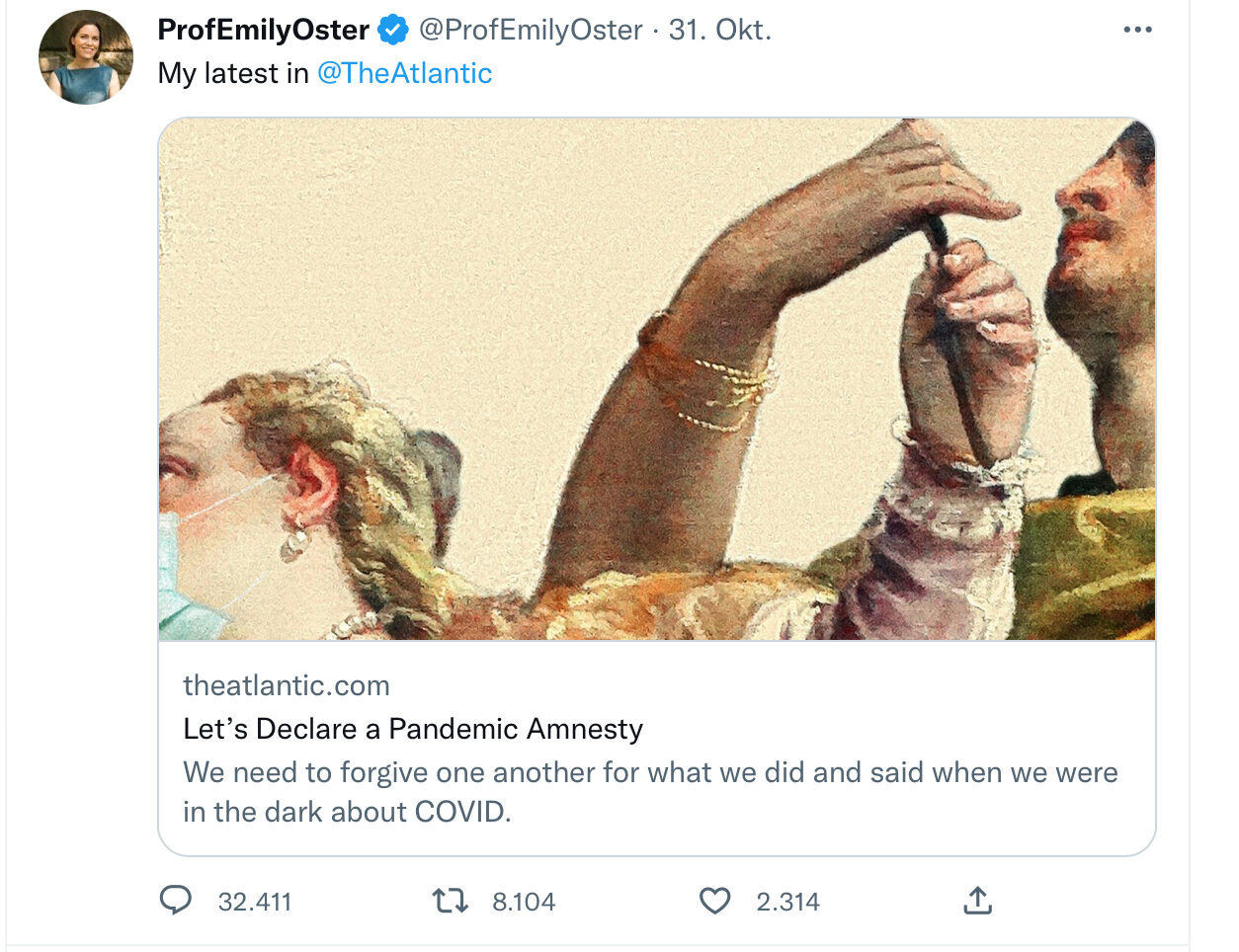The way we see and describe hues varies widely for many reasons: from our individual eye structure, to how our brain processes images, to what language we speak, or even if we live near a body of water.

© Knowable MagazineColor may seem like a physical reality, but our perception of it is shaped by everything from biology to psychology to culture and language.
What color is a tree, or the sky, or a sunset? At first glance, the answers seem obvious.
But it turns out there is plenty of variation in how people see the world — both between individuals and between different cultural groups. A lot of factors feed into how people perceive and talk about color, from the biology of our eyes to how our brains process that information, to the words our languages use to talk about color categories. There's plenty of room for differences, all along the way.
For example, most people have three types of cones — light receptors in the eye that are optimized to detect different wavelengths or colors of light. But sometimes, a genetic variation can cause one type of cone to be different, or absent altogether, leading to altered color vision. Some people are color-blind. Others may have color superpowers.
Our sex can also play a role in how we perceive color, as well as our age and even the color of our irises. Our perception can change depending on where we live, when we were born and what season it is.
To learn more about individual differences in color vision,
Knowable Magazine spoke with visual neuroscientist Jenny Bosten of the University of Sussex in England, who wrote about the topic in the
2022 Annual Review of Vision Science. This conversation has been edited for length and clarity.


Comment: While some of the more 'metaphysical' speculations above may seem a bit subjective, and difficult to quantify - there is much to suggest that, indeed, the smoking of pure tobacco does have benefits that fall largely outside the awareness of most people by design. Even among most smokers themselves. And if the 'spiritual' is, in some ways, a reflection of the physical and biological - perhaps there is some truth to the ideas the author puts forth in the article.
See also: